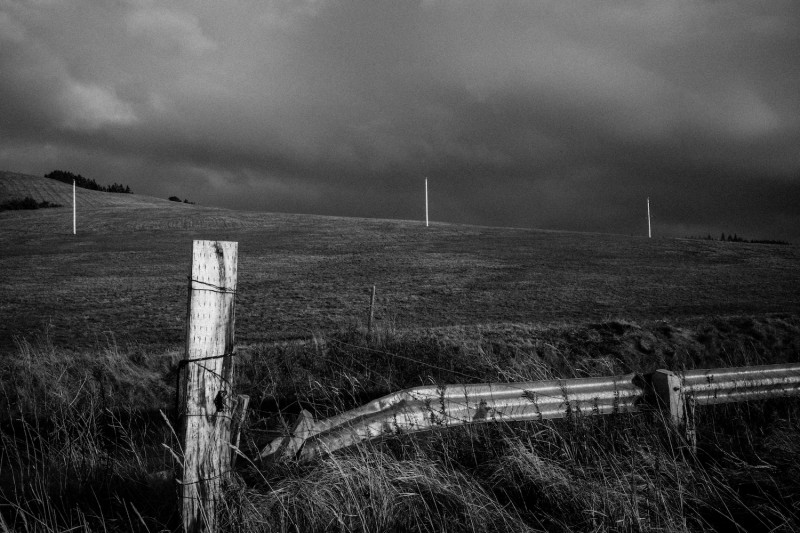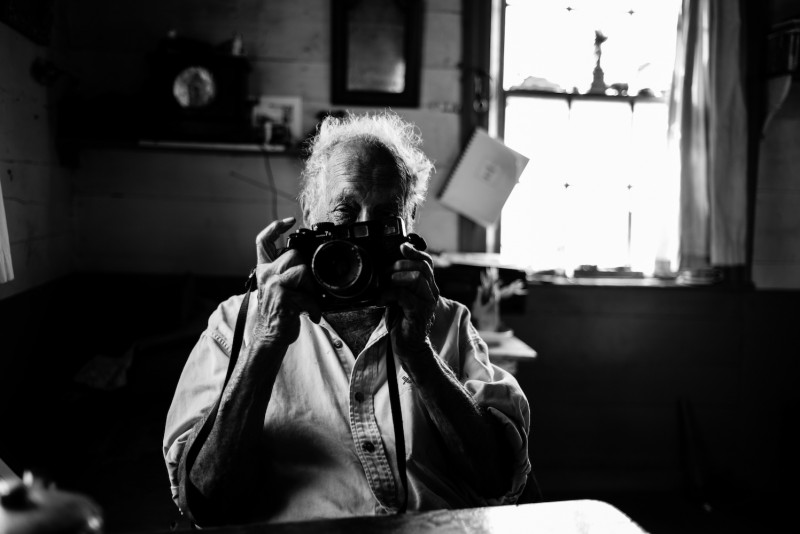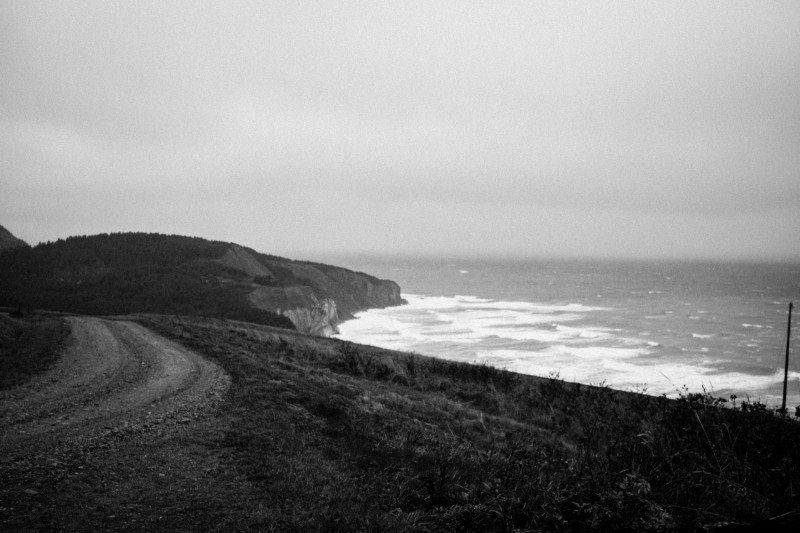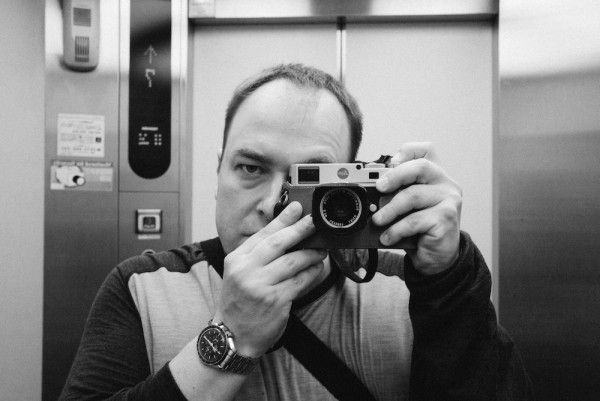Last years of Robert Frank
Last years of Robert Frank
Chad Tobin
December 3, 2019
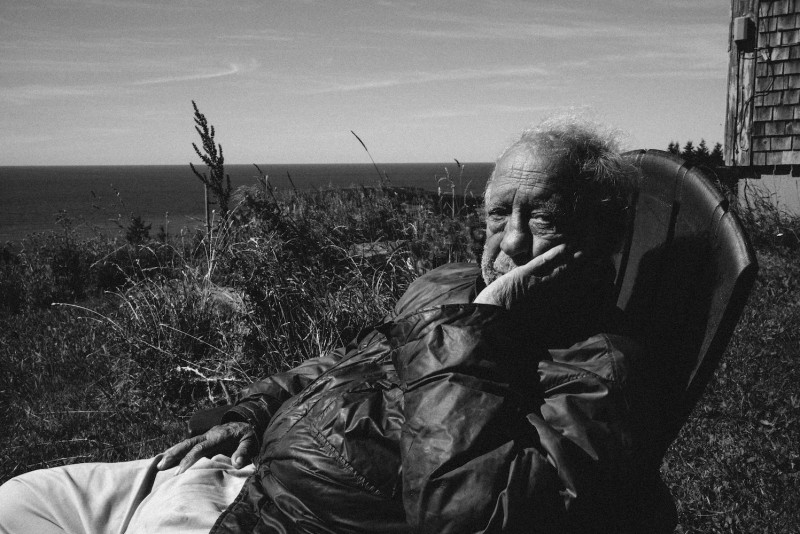
LFI: How did you get the idea to visit Robert Frank and take his portrait?
About ten years ago, I became obsessed with buying photo books. A photographer that I really admired mentioned that The Americans will be the book people will be talking about 500 years from now. I got a copy and spent the day poring over the images. I felt the magnetic pull that others have had to Frank’s work. I then read everything I could about him and discovered that he had a summer home less than two hours from where I live. I decided that, somehow, I would try to connect with him.
How did you first get in touch with him? Did you just show up at his place?
Yes, I basically just showed up at his place. I had no idea if he was even there, so I convinced my wife to take a drive with me, hoping to run into him somewhere in the small town. She was not impressed with the idea of just showing up, because she knew that Frank had a reputation for being reclusive and not wanting attention of any kind. After driving around the small town for an hour with no luck, I figured there must be someone working at the local gas station who would know. A young gentleman gave me the directions in five seconds flat, and we were off. I found the house and, with great protest from my wife, I parked the car at the bottom of the driveway and walked up to the house, completely unannounced.
Robert Frank is an iconic photographer - weren't you nervous meeting him? How did the first meeting go?
Honestly, I wondered if I was going to be arrested or punched in the face. I was extremely nervous, but at the same time, I had this feeling that I could make it work. I thought that as long as I was respectful, I would be okay. I knocked on the door, and his wife, June Leaf, answered it. I explained that I was a local photographer and wondered if it would be okay to talk to Mr. Frank and maybe ask him to sign my book. I also explained that if she wanted me to leave, I would do so immediately. She told me to hold on a second and I heard her say, “Robert, there's a guy outside with a copy of your book and the same type of camera as you have.” I remember seeing a number of pictures of him using a M6 in the nineties, and I was hoping that my Leica M8 would be a passport to his being open to having a conversation. “Send him in,” I heard from this voice inside, so I walked in and there he was offering me a seat. It all started from that moment.
How did he react? I guess photographers usually don’t like being photographed themselves…
He was very warm and friendly. He spent time going through my copy of The Americans and telling me a few stories about taking some of the images. He said that the M8 felt close to his Leica and took a photo of me. I asked him if I could take a photo of him and he said, “Sure.” I grabbed a quick photo, and he signed my book. I thanked him, shook his hand and left, walking on air.
What did you learn or experience during the time you spent visiting Robert Frank?
The following summer, I returned with the portrait I had taken, hoping to spend more time with him. What I quickly learned, however, is that Robert didn’t really want to talk about photography much at all. Instead, he wanted me to look at the ocean with him, and he asked me questions about my life. When we did discuss photography, he sometimes picked up my Rangefinder and asked about the photo projects I was working on. Each summer, I visited with the previous year’s portrait, and I would sit with Robert and June to enjoy their quiet surroundings. It’s those tranquil moments that helped me understand how he moved through situations as a photographer. He was extremely observant of his surroundings, poetic when he spoke, and in touch with his feelings, which he always seemed to express in few words.
Did the encounter with Robert Frank change the way you photograph?
Absolutely. I think it reinforced for me how using a rangefinder provides an opening into the subject’s world. There's no way I could have made this work using a loud, large obtrusive camera. During the ten years of visiting Frank, I had used the M7, M8, M9, M240, and lastly the M10. Those small cameras allowed me to work and be in the space, while also being present with him in the moment. The experience has taught me not to be afraid of taking risks as a photographer, while also connecting with people. It also taught me to pay attention to that feeling I get about the work that I’m doing, because those instincts can sometimes lead to better pictures. I visited him for the last time two weeks before he passed away. As I was leaving, he told me to keep looking. That was the same thing he wrote in my copy of The Americans on my first visit. It’s advice I am still trying to follow.
Chad Tobin+-
Chad Tobin was born in Canada in 1976. He has been dedicated to street photography for fifteen years; his focus and passion is for long-term projects. Tobin's pictures are on display in exhibitions and have been published in numerous Canadian magazines. More

